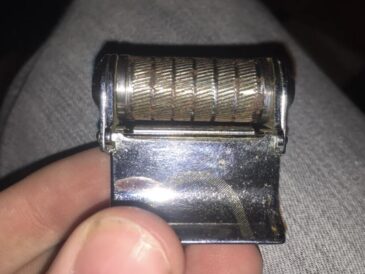We’ve all seen safety pins before. Whether on a piece of clothing, in a first-aid kit, or even used creatively in DIY projects and fashion statements, safety pins are ubiquitous little tools that have stood the test of time. But have you ever really looked at one closely? Not just the sharp point or the springy clasp, but that tiny, almost imperceptible hole near the end of the pin. You know the one — that small hole that’s always there but you never gave a second thought to. Why is it even there? What purpose could such a tiny detail serve in such a simple object?
If you’re like most people, you probably never wondered, or if you did, you quickly brushed it off as some unimportant design quirk. But today, you’re about to find out exactly why that tiny hole exists, and once you do, you’ll never look at a safety pin the same way again.
The History of the Safety Pin
First, let’s take a quick trip back in time. The safety pin, as we know it, was invented in 1849 by Walter Hunt, an American mechanic and inventor. Hunt needed to come up with a way to pay off a debt of $15, so he devised a simple but clever design: a pin with a spring mechanism and a clasp that covered the sharp end to prevent accidental pricks — hence the name “safety” pin.
This invention was revolutionary. It made fastening fabric quick, easy, and safe, and it became wildly popular. But Hunt’s design was also incredibly thoughtful, including elements that many users never considered. Among those was the tiny hole near the clasp end.
What’s That Tiny Hole For?
Next page





